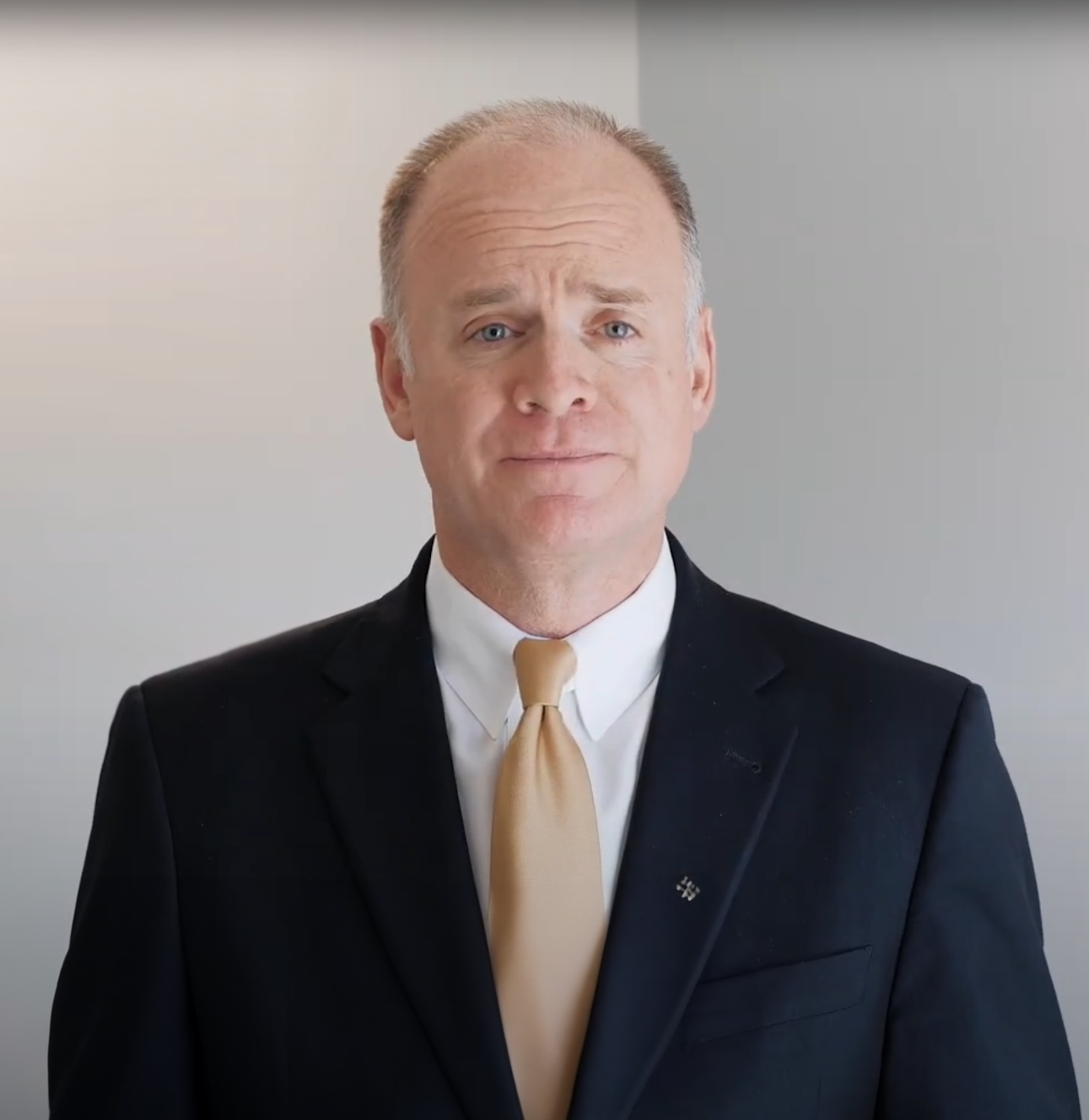We constantly monitor changes in many economic metrics so that we might better understand trends, and this improves our ability to manage investment portfolios to the objectives of our clients. While today’s commentary will be very high level in nature, I would like to encourage everyone to visit my website where I have posted a 28-minute podcast within which I have offered a much deeper discussion.
Seasons Change…
Think of economic cycle changes as the changing of seasons. Springtime gives way to summer which gives way to fall which gives way to winter and then we’re back to spring. Your behavior is incentivized by what you feel. So, when it is warmer in the summertime, generally you will be incentivized to wear short sleeves. Conversely, in the middle of winter, you will respond to the cold that you feel by choosing to wear jackets over short sleeves.
The changing economic cycle is no different. Consumer patterns of behavior will change according to what they feel. So today, I wanted to draw very high-level reference to many factors that seem to be changing, and in my opinion, in a direction that is not positive.
Commodities That Impact Us All
Let’s begin with an observation of gasoline. This is one of the few economically inelastic commodities that impacts all of us. As the price of gasoline rises, it acts as a regressive tax. Regardless of your wealth disposition, everyone consumes fuel, and is impacted by fuel as they consume goods and services that must be manufactured, and transported to the place where you purchased that item.
Over the previous six months, the national average for a gallon of gasoline has risen from $2.10 to $2.87. This is primarily happening for two reasons. First, we have scarcity of US production. According to the most recent Baker Hughes rig count index, there are fewer rigs producing oil in North America than we have had over the previous 12 months.
The second factor having an impact on the rising cost of gasoline is the weakening dollar. One reason for this can be found with the fact that the M2 money supply has grown by 30% over trailing twelve months. Fed Chairman Powell said in a House of Representatives testimony recently, that this “did not bother him”. It should. It should keep him up at night.
When a commodity becomes increasingly scarce, then the equilibrium price of that commodity will rise. Furthermore, when that commodity is denominated in dollars that are weakening, that too will support the prevailing price of the commodity. Relative to the previous 12 months, we have both scarcity of oil in terms of declining relative production, and a weakening dollar which denominates the commodity. Gasoline is a distillate of oil, and therefore it is having a positive impact on the price of gasoline. Please note, we have not even made it to peak driving season, which will increase demand, and the bottleneck for blending with ethanol will further support the price of gasoline.
As you spend more money to consume the same quantity of an inelastic commodity, fewer dollars remain with which to consume other things. Therefore, observing this factor alone, we can assume that personal consumption, which is 70% of gross domestic product, will likely be weaker than it could have been otherwise had it not been for this rising cost.
Too Many Dollars
The classic definition of inflation is too many dollars chasing too few goods. Since 30% of all US dollars in circulation at the present time have been printed just since March of 2020, I can point to this as evidence of the “too many dollars” side of the equation. We’re beginning to see higher inflation at the producer level. If you annualized the last five months’ worth of data, inflation at the producer level is tracking at a 12% rate. No, I do not believe that we will actually see that level of inflation because part of this surge is a rebound from the deceleration of the COVID economy of 2020. However, if we experience inflation at the producer level of even 5%, less than half of the rate at which it is presently tracking, that will not bode well for economic growth. Such would be 250% of the Federal Reserve’s target for inflation.
What about inflation at the consumer level? Inflation generally does not stay at the producer level but is rather translated to the consumers in the form of higher price is paid. Today, we can see a clearly positive slope to the line of inflation over the previous five months. If you annualize the last five months’ worth of data, inflation at the consumer level is tracking at 9.6%. Again, I do not believe that we will experience a rate of inflation that is this high, but even a 4% to 5% rate of inflation at the consumer level would be detrimental to economic growth.
This is beginning to have an impact on consumption metrics that we monitor. Existing home sales, housing starts, industrial production, durable goods, and retail sales are showing a declining trend over the previous six months. Again, I would encourage everyone to visit my website and review the podcast for much more detailed information.
TED Spread
I believe that we can begin to measure a response from both the stock market as well as the bond market. Here, I’m referencing the TED spread. This is simply the difference between the ten-year treasury yield and the one-month LIBOR. At a very high level, the lower the TED spread the more the bond market is suggesting that stronger economic conditions are ahead. The higher the TED spread, the more the bond market is suggesting that it perceived weakening economic conditions. Over the previous six months, we have observed the TED spread move from 10 basis points to as high as 19 basis points a few weeks ago. While this remains a low yield spread, it nonetheless is nearly twice as high as it was just six months ago.
The ten-year treasury yield itself over the previous six months has risen by almost 100 basis points. This is odd, because the federal reserve is buying $60 billion of treasury securities per month at the present time. Remember there is an inverse relationship between price and yield. So, for yields to move this high over such a short period of time, clearly this has come with significant selling pressure at a time when the federal reserve is ballooning its balance sheet. Again, for a much more detailed explanation of why this is important, please visit my website and find the most recently posted podcast.
The Million-Dollar Question…
The million-dollar question is simply this, are we observing a bump in the road or is this the beginning of the new downward economic trend? When you begin to see many economic metrics showing the same pattern, and the same time, and with yields and yield spreads moving higher, and sectors of the market performing well that might not otherwise perform well during the growth phase of the economic cycle, it leads me to believe that we are indeed at the beginning of the deceleration phase of the economic cycle. We anticipated this might happen at the beginning of the year and we made significant changes in our model portfolios as a result.
Going forward, it is my anticipation that when we know more about proposed changes to the tax code that we may see these trends accelerate. Again, very high-level I would encourage everyone to be vigilant and observe changes in these and other economic metrics as they pertain to the management of your objective driven portfolio.







